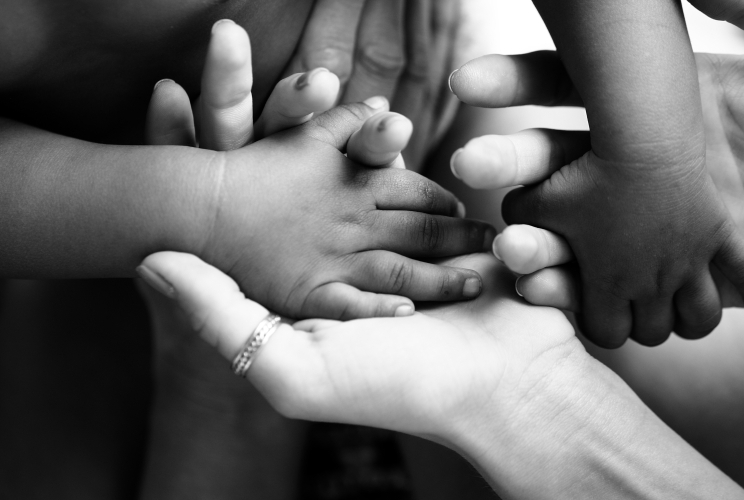
The death rate of children whose mothers have died from breast or cervical cancer may be as high as 30 percent in some developing countries, according to a new paper published Nov. 1 in Cancer by Weill Cornell Medicine and NewYork-Presbyterian researchers. This is believed to be the first study to estimate the effect of a mother’s death from cancer on child mortality.
“The role of the mother is so important to the health of a child that her death has a direct impact on the survival of her children; based on prior research in infectious diseases like AIDS and malaria, there’s a trickledown effect,” said senior study author Dr. Silvia Formenti, chairman of the Department of Radiation Oncology, associate director of radiation oncology at the Sandra and Edward Meyer Cancer Center and the Sandra and Edward Meyer Professor of Cancer Research at Weill Cornell Medicine.
While the current study focused on cancer, “We should be prioritizing access to healthcare that sustains women with any type of disease that can result in their mortality,” said Dr. Formenti, who is also radiation oncologist-in-chief at NewYork-Presbyterian/Weill Cornell Medical Center. She hopes her current research attracts attention in the scientific and policy-making communities and that organizations like the United Nations International Children's Emergency Fund (UNICEF) and the World Health Organization “start thinking about the collateral damage that occurs to children when their mother dies.”
Dr. Formenti and her colleagues decided to evaluate breast and cervical cancer because these malignancies tend to affect women of childbearing age and are responsible for about 40 percent of cancer deaths worldwide. While breast cancer can often be treated successfully if caught early and while the HPV vaccine can prevent cervical cancer, screening and vaccination services may not be readily available to economically underserved women in developing countries, often making these malignancies deadly, Dr. Formenti said.
For their research, Dr. Formenti and her team developed a computer model to predict the death rate of children whose mothers had died from breast and cervical cancer before the child was 10 years old. To create this model, the scientists analyzed information from the GLOBOCAN database, which provides cancer incidence and mortality data from countries around the world, and assessed baseline mortality data of children from the United Nations World Population Prospects.
Death rate estimates were less than 1 percent in Denmark, 2 percent in Bangladesh and 14 percent in Burkina Faso. In other words, in Burkina Faso, for every 100 women who died from breast or cervical cancer, the model predicted that 14 children would die because of their mother’s death. Extrapolating to 10 other African countries — Mozambique, Nigeria, Mali, Somalia, Malawi, Burundi, Chad, the Democratic Republic of Congo, Zambia and Sierra Leone — raised the possible risk up to 30 percent. The reasons for these children’s deaths were unclear; however, the study’s authors theorize that malnutrition or neglect could be the cause.
While the disparity between Denmark, a wealthy country, and poorer countries in Africa was striking, “These models are not real numbers and data, rather they are estimates of mortality,” Dr. Formenti cautioned.
She also stressed the need for large, prospective follow-up studies to validate the model. If results are corroborated, the hope is that their evidence will direct more resources to be allocated to cervical cancer vaccination and breast cancer screening in developing countries.
Another area of study that needs to be explored is the effect on quality of life in the children who survive. “The toll on them is unacceptable by any ethical standard,” said Dr. Formenti, who has received consultant honoraria or research grants from Bristol-Myers Squibb, Varian, Janssen, Regeneron, Eisai, Elekta, GlaxoSmithKline, AstraZeneca, Merck, Bayer and Viewray.
In many developing countries, children whose mothers die are sent to orphanages or enter the child labor market. Another factor the study didn’t measure was the quality of life of mothers diagnosed with cancer. Terminal patients in developing countries are burdened not only with their disease, but also with the concern about what will happen to their children after dying, Dr. Formenti said.
Ultimately, “We hope this study captures the attention of healthcare providers, policymakers and other research groups for further exploration,” she said.
